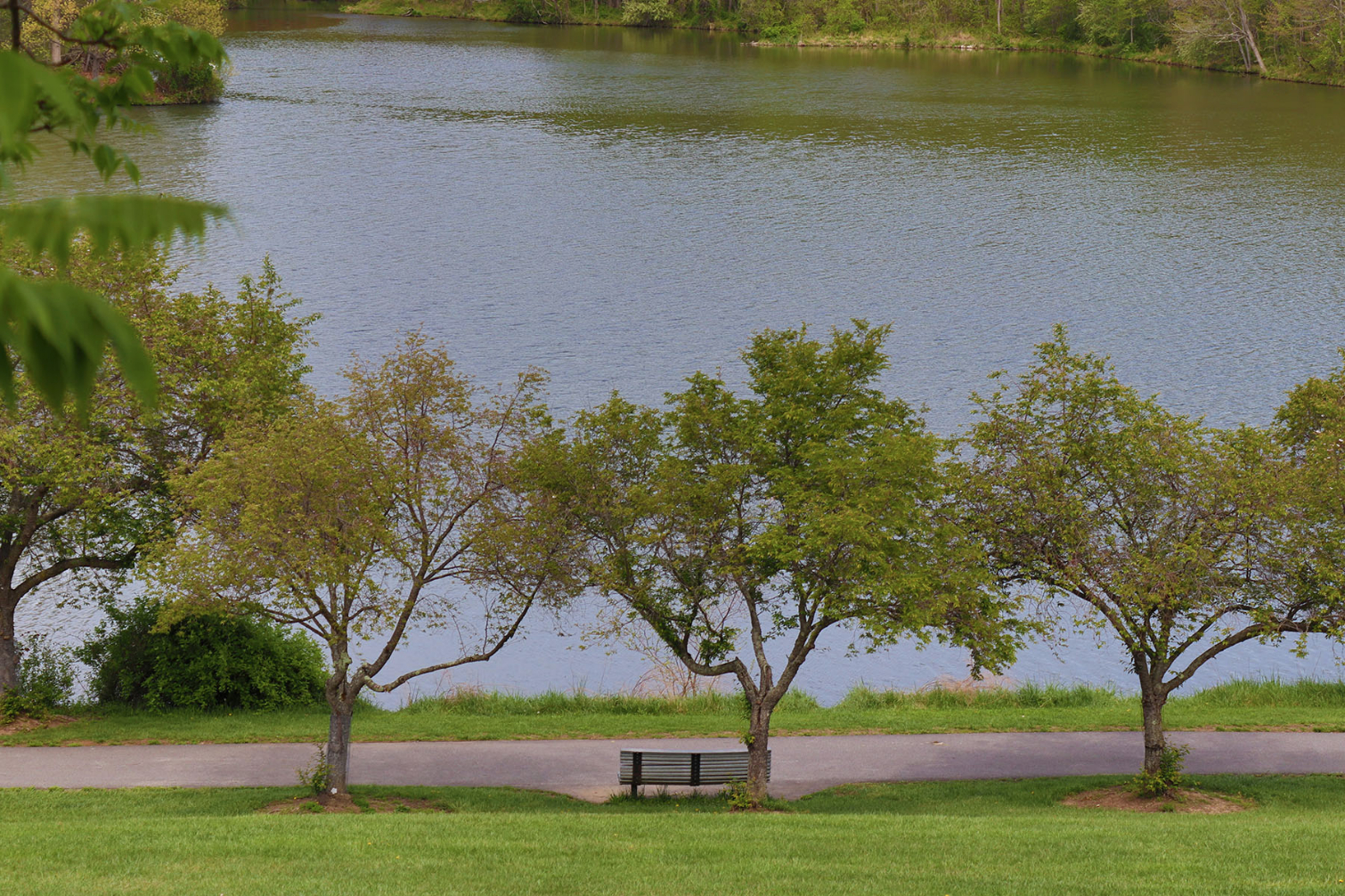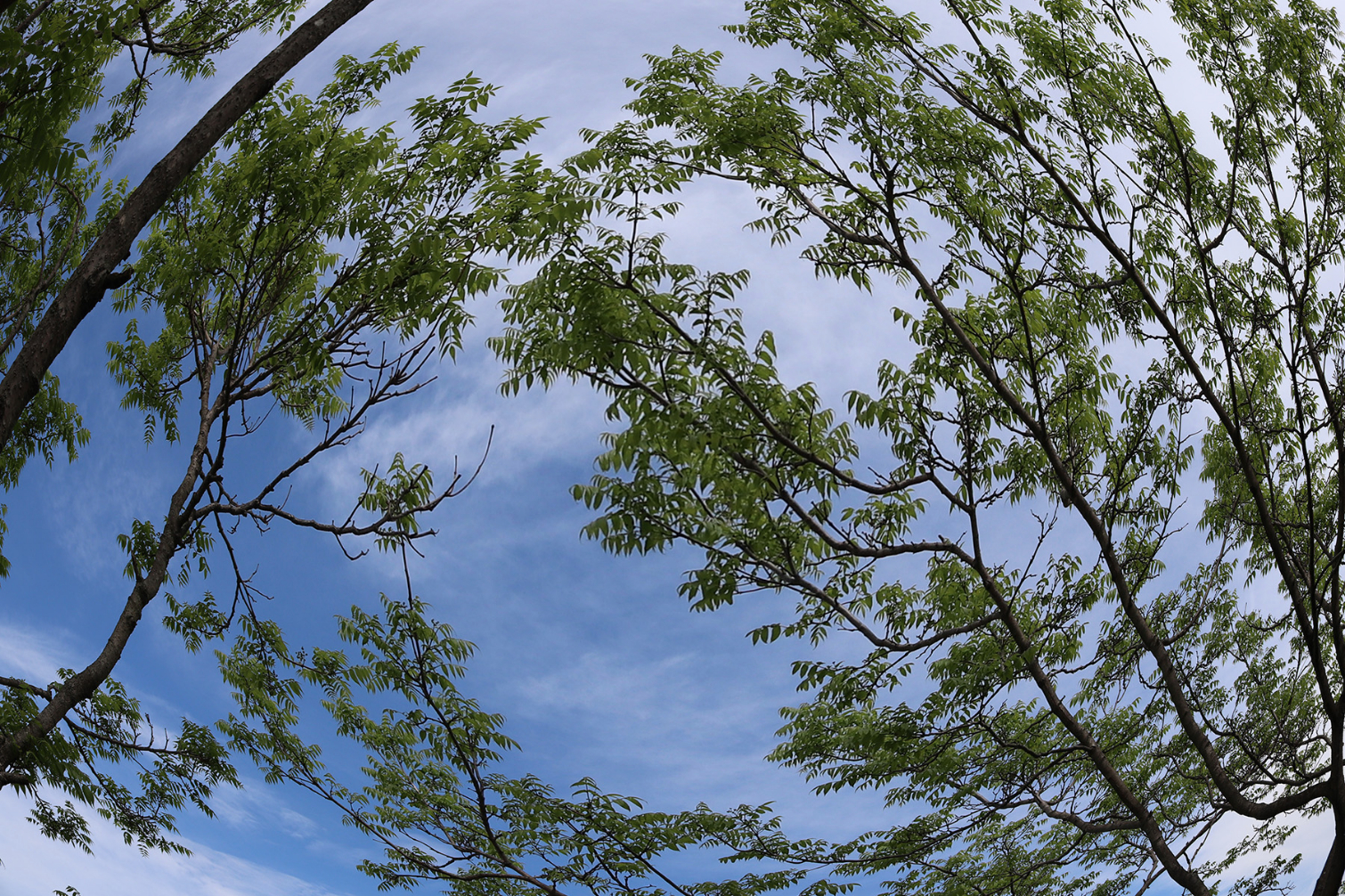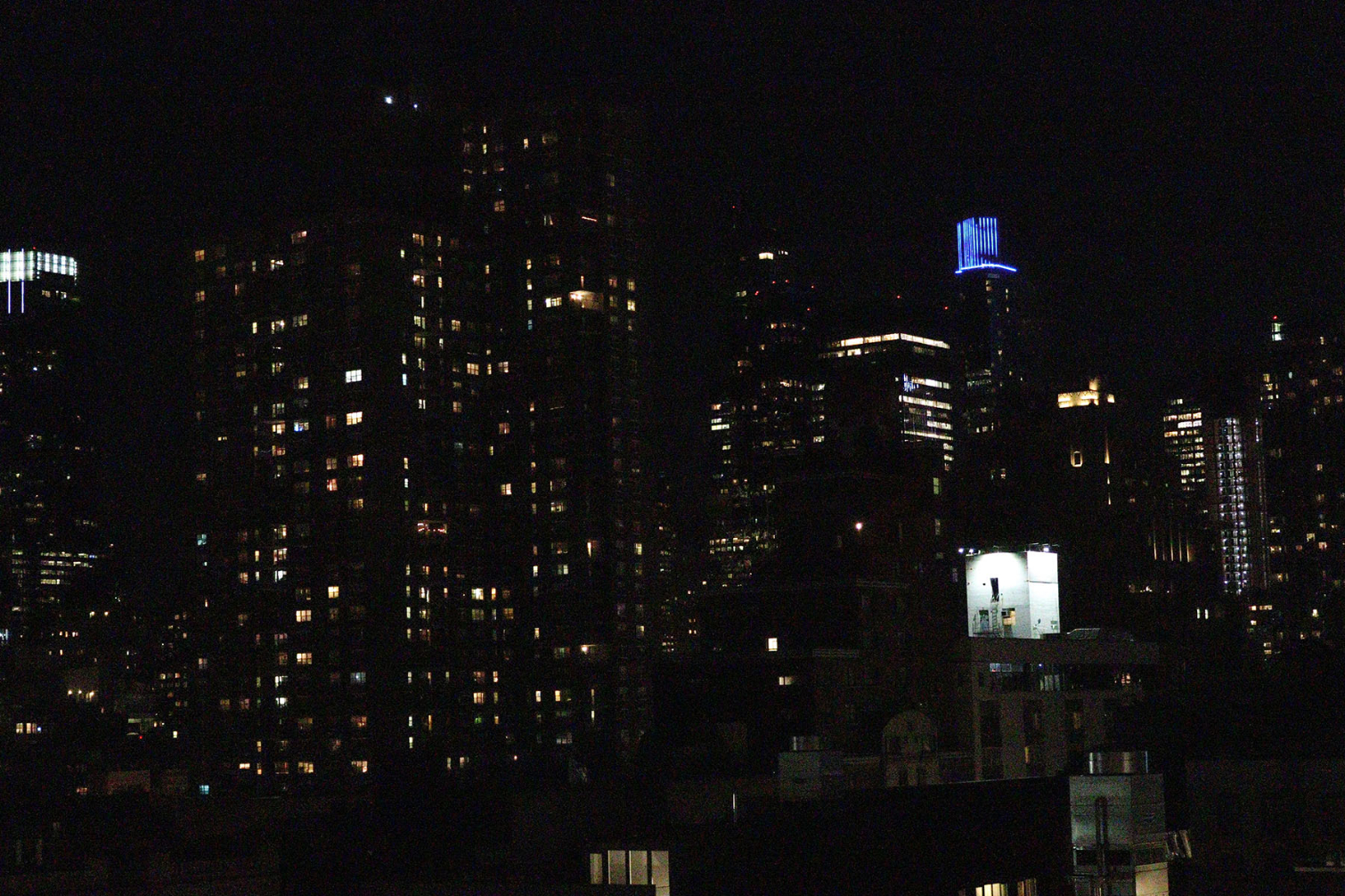Tom's Guide Verdict
A solid choice in the entry-to-mid-level DSLR category, the Canon EOS Rebel T7i takes great photos and has a speedy autofocus.
Pros
- +
Very good image quality
- +
Speedy autofocus
- +
Continuous shooting up to 6fps
- +
Good high-ISO handling
- +
Full-featured mobile app
- +
External microphone jack
Cons
- -
Slightly larger and heavier than the competition
- -
Only average battery life
Why you can trust Tom's Guide
The 24-megapixel Canon EOS Rebel T7i ($750 body only) sits at the head of the company's entry-level DSLR family. A camera that newcomers can grow into, the T7i boasts a a ramped-up autofocus system with more than twice the AF points (45 versus 19) compared with its predecessor, the EOS Rebel T6i, and it has Canon's latest DIGIC 7 imaging processor.
Canon also improved the starting time on this camera, and the T7i now boasts continuous shooting speeds of up to 6 frames per second. You get longer battery life, too, at up to 820 shots per charge. While the T7i faces strong competition from Nikon's D5600, it's one of the best DSLR cameras for newbies and experienced amateurs to grow as photographers.
Canon has announced the T7i's successor, the EOS Rebel T8i, which has the same image sensor, but a faster processor, face-detect autofocus, and the ability to shoot video up to 4K/24 fps. The T8i is available for $750 (body only) and $900 with an 18-55mm lens.
Design: Compact and functional
Designed for entry-level users, the T7i body is dotted with easily identifiable external controls, and a Q (Quick Control) button lets you access settings without having to delve into the menu system.

The T7i offers on-screen help, which can be disabled as your knowledge of the camera and photography grows. Be careful with the three-step power switch, though: The first two positions are off and on, while the third enables the movie mode; it's all too easy to go into the movie mode when powering on the camera.
The body is relatively compact and, with a deep handgrip, comfortable to hold. At 5.2 x 3.9 x 3 inches and 17.1 ounces (body only), this camera is slightly larger and heavier than the Nikon D5600 (4.9 x 3.9 x 2.8 inches, 14.7 ounces), even though the latter has a 3.2-inch vari-angle touch-screen LCD versus the T7i's 3.0-inch vari-angle touch screen.
Still, the T7i — with the new EF-S 18-55mm IS STM lens — is a lightweight kit ($900 for the f/4.5-5.6 combo; $1,300 for the f/3.5-5.6 kit). Unfortunately, our test unit came with an older lens, the EF-S 18-55mm f/3.5-5.6 IS II. As you will see, this affected our assessment of the T7i's video capture somewhat, but did not affect our overall rating of the camera.
The viewfinder and LCD are sufficiently large and bright, but, as is common for a camera in this class, each provides only a 95 percent view of the scene.
Thanks to the T7i's vari-angle, 3-inch LCD, it's easier to shoot overhead or at low angles than with a fixed LCD, like the one on the Nikon D3400. While the Nikon D5600 offers a 3.2-inch LCD, the slightly smaller T7i LCD leaves a little more room for external controls on the rear of the camera. The touch screen is responsive and a welcome shortcut to changing settings and choosing focus points. Some on-screen icons, however, are a little small, so it's sometimes easy to tap the wrong icon.

A single SD/SDHC/SDXC card slot is available, as are a built-in pop-up flash and a hot shoe for attaching an external flash when you need or want extra illumination. Both the T7i and the Nikon D5600 (but not the Nikon D3400) come equipped with external microphone jacks.
MORE: Best DSLR Cameras
Image Quality: Very good
Overall, the T7i delivers excellent images. Accurate colors and generally well-balanced exposures are the norm, as are sharply focused images.
Occasionally, the T7i's metering system — which is the same as its T6i — tended to slightly overexpose highlights, as seen in this wide-angle shot of a park on a sunny day. (Note the white shirts on the subjects in the scene.)

At other times, however, the T7i's evaluative metering system is extremely accurate, maintaining details in bright objects such as this white tent.

Although the tree trunk lacks details, the fine details in both shadows and highlights on this building demonstrate how well the T7i handles a wide dynamic range. Even the texture of the rope is visible and sharply focused. The T7i, unlike the D5600, has an anti-aliasing filter (aka, optical low-pass filter). This filter ever so slightly softens images in order to avoid aberrations such as moiré in patterns. Although you may have to look closely to see the difference, the Nikon model has a slight advantage in sharpness.

This image shows the T7i's ability to capture a richly saturated blue sky and good details in the high-rise buildings in the foreground. There was no evidence of chromatic aberration (colored fringing along high-contrast edges) between the buildings and the sky.

The built-in flash easily balanced the exposure for this backlit subject. Flash exposure can be dialed down even further, to tone down the highlights in her eyes and on her hair, if desired.
Like other cameras in its class, the T7i offers a number of different creative filters, including HDR (high dynamic range). Choose a static scene like the one below, select the intensity from the camera menu, press the shutter, and the camera captures and combines a trio of images, each shot at a different exposure. The HDR effect broadens the dynamic range and, at the same time, intensifies the colors in the scene.

For an even funkier look, check out the Fisheye effect. Different intensities can be applied, as seen in the two images below. Like HDR and other effects, the in-camera processing takes a little time, so you won't be able to shoot again for about 10 seconds or so.


Low Light: Modest noise
The T7i's ISO range of 100-25,600 provides flexibility when shooting under a variety of lighting conditions. Even with the camera's internal noise-reduction options disabled, the T7i expertly handled high ISO noise, keeping those pesky blotches to a minimum at up to about ISO 6400.
Shot at ISO 3200, with exposure adjusted in post processing, this photo of bed covers and pillows shows only modest noise.

At ISO 6400, noise increases, but you should still be able to print an 8 x 10 (or slightly larger) with few issues.

Once the ISO is pushed above 6400, it's best to relegate these images to smaller prints or online posting. ISO 25600, as seen below, is quite noisy, even at smaller sizes.

However, the noise effects of ISO 25600 are less visible when shooting a city scene with a pitch-black sky, as seen below.

MORE: Camera Face-Off: Can an iPhone Beat a DSLR?
Video: Improved autofocus
While 4K video has yet to trickle down to entry-level DSLRs like the T7i, this camera offers video capture at up to full HD (1920 x 1080 at 60fps or 30fps). HDR and time lapse movies are also available.
The T7i is the first Rebel to take advantage of Canon's Dual Pixel Autofocus, a sensor-based advanced AF technology seen in higher-end Canon DSLRs, such as the 80D that improves AF in movie and Live View shooting. It's very effective when tracking subjects during video capture and is a welcome addition.
As noted earlier, I was unable to test video with the new STM (stepper motor) lenses. These lenses are designed for quiet and smooth autofocus, while the EF-S 18-55mm f/3.5-5.6 IS II that came with the review unit is quite noisy when AF is engaged, as you'll hear in the clips below.
Overall video quality is quite good, with natural colors and well-focused footage thanks to the dual-pixel AF. Manual-exposure adjustments are possible during filming, but changing aperture or shutter speed, for example, results in audible noise. Using the touch screen is a quieter option.
However, as you can see in the clip below, shot on Program auto exposure, the T7i does a good job of automatically adjusting exposure when moving between bright and dark scenes.
The dual-pixel AF did a good job autofocusing when moving the camera across the scene from one flowering weed to another.
By comparison, a video shot with the T7i and one of the STM kit lenses is very quiet, other than a subtle noise when the lens is zoomed.
This was shot by a friend at a very high ISO and is included here only as an example of how quiet the STM kit lens is.
Camera Connect: Advanced mobile features
Canon has one of the more useful mobile apps for its DSLRs. With Camera Connect, you can transfer images from the camera to a mobile device, and use your phone to remotely trigger the T7i's shutter. You can also remotely adjust shutter speed, aperture, autofocus mode, ISO, white balance, exposure compensation and more, which you can't do with Nikon's SnapBridge.
Canon has also added Bluetooth to the camera, which is compatible with a new Bluetooth remote control, the BR-E1. But the app is so efficient, it's unlikely that you'll need the BR-E1.
Camera Connect is easy to set up; just be sure you have the latest version of the app installed on your mobile device before you begin. The app even has built-in, step-by-step directions if you run into any issues.

Battery Life
Under the best conditions (warm weather, using just the viewfinder and no flash), the T7i's battery life is rated for 820 shots per charge, but drops to from 550-600 shots if you use the flash 50 percent of the time, and as low as 230 if you're shooting consistently with Live View rather than the viewfinder, according to Canon.

The Nikon D5600 is rated at 970 shots per charge using the viewfinder with some flash and with Bluetooth disabled. Expect both to take some power drain with lots of playback, flash and video capture. The D5600 will get you more shots, but I was able to shoot for several days with both cameras before either needed to be charged.
MORE: The Best Photo Editing Software and Apps - Beginner to Pro
Bottom Line
The Canon EOS T7i can hold its own against strong competition like the Nikon D5600 and the more affordable Nikon D3400. All deliver great image quality and a good range of features. If you're just starting out or are on a tight budget, go with the Nikon D3400. Dig a little deeper into your pockets, and the choice between the T7i and the D5600 gets tougher.
Both the T7i and the D5600 offer many of the same features and functions. The T7i has a slight edge in shooting speed and autofocus, especially in video capture. And the Canon Connect app provides many more options in remote shooting than Nikon's SnapBridge app does. On the other hand, the D5600 takes sharper and richer images and has longer battery life. But either of these cameras will serve you well, whether you're a newcomer or an experienced DSLR photographer.
Theano Nikitas is a freelance journalist and photographer. She's been writing about photography for more than 20 years, contributing countless reviews of cameras, lenses, accessories and software packages to Tom's Guide. Her work has also appeared in dozens of other magazines and websites, including CNET, DPreview, PopPhoto, Professional Photographer and Shutterbug.
